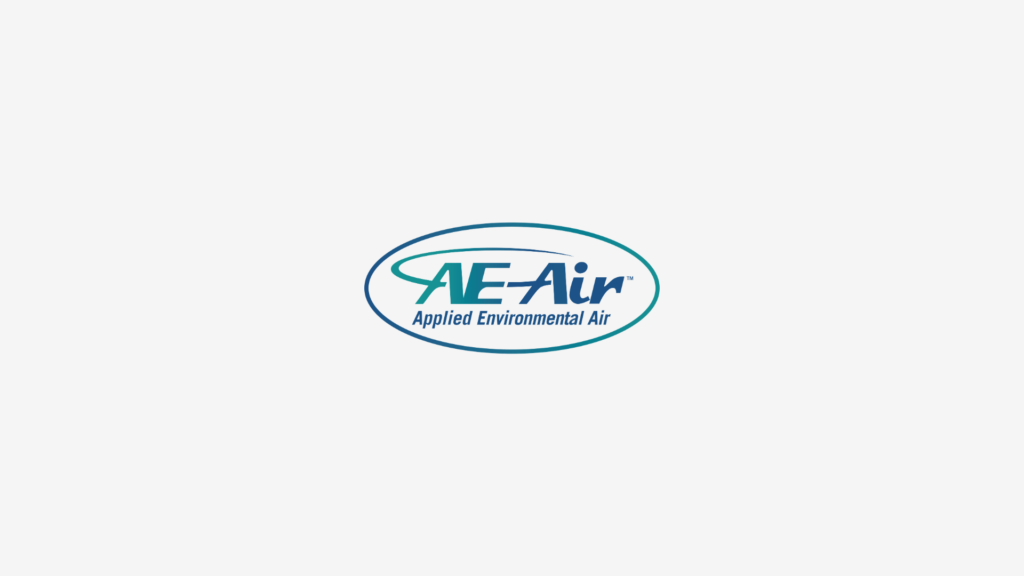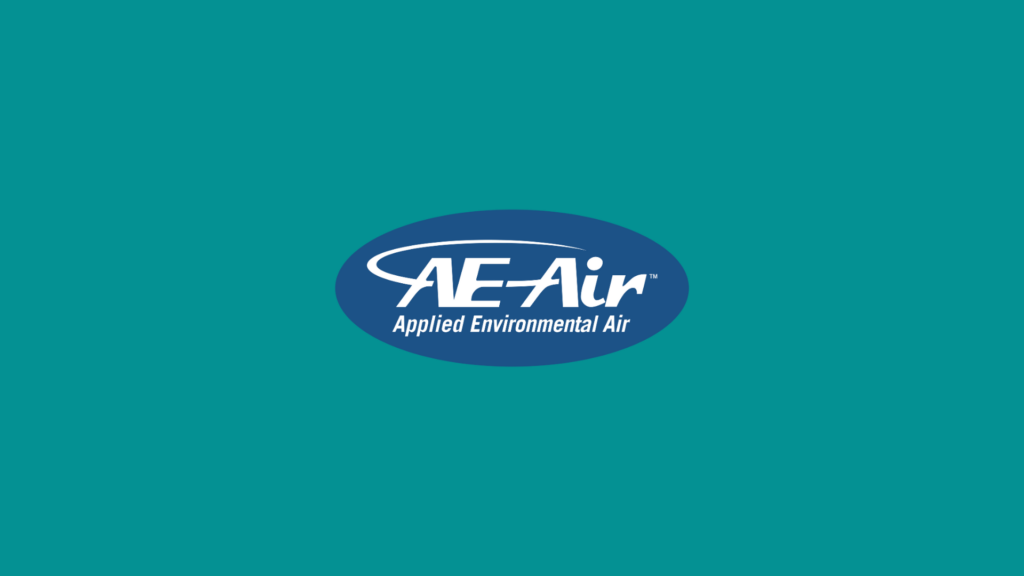Introduction
Schools face many budget challenges, with rising costs in various areas. One of the most significant expenses for educational institutions is energy consumption. Heating and cooling large buildings can be a major financial burden. Fortunately, upgrading to a new HVAC system can offer substantial savings.
Modern HVAC systems are designed to be more energy-efficient, which means they use less power to achieve the same results. This can translate into significant reductions in utility bills. Additionally, newer systems often require less maintenance and have fewer repair needs, reducing another costly area for schools.
Beyond just saving money on energy and maintenance, improved HVAC systems can also enhance the learning environment. Better air quality can lead to fewer health issues among students and staff, reducing absenteeism and associated costs. Advanced technology in HVAC systems can help schools manage their energy use more effectively, providing real-time data and control over the building’s environment.
In this article, we will explore the various ways that investing in a new HVAC system can help schools save money, from energy efficiency and lower maintenance costs to improved air quality and the benefits of smart technology. Understanding these advantages can help school administrators make informed decisions that benefit both their budgets and their students’ well-being.
Energy Efficiency and Reduced Utility Costs
Energy efficiency is one of the biggest advantages of modern HVAC systems. These systems are designed to use less energy while still providing effective heating and cooling. For schools, this translates into lower utility bills and significant cost savings over time.
One key factor in this efficiency is the use of advanced technologies like variable speed motors. These motors adjust their speed based on the current heating or cooling needs, using less energy when demand is low. By operating more efficiently, schools can reduce their energy consumption, leading to substantial savings.
Another important feature is improved insulation and sealing within the HVAC systems. This helps prevent air leaks, ensuring that heated or cooled air stays inside the building. Reduced air leakage means the system doesn’t have to work as hard, resulting in lower energy usage and costs.
In addition, many new HVAC systems are equipped with energy recovery ventilators (ERVs). ERVs capture energy from exhaust air and use it to pre-condition incoming fresh air. This process reduces the heating or cooling load on the HVAC system, further improving energy efficiency and cutting utility costs.
Lower Maintenance and Repair Expenses
New HVAC systems are not only more efficient but also more reliable. This reliability reduces the frequency of maintenance and repairs, translating into cost savings for schools.
Modern systems are built with durable materials and advanced engineering, which helps minimize wear and tear. Regular maintenance is still necessary, but the likelihood of unexpected breakdowns decreases. Schools spend less on emergency repairs, which can be costly and disruptive.
Many new HVAC systems include diagnostic features that can identify problems early. Sensors monitor system performance and alert maintenance personnel to issues before they become major problems. This proactive approach allows for timely maintenance, avoiding more significant and expensive repairs down the line.
Warranty coverage also plays a role in reducing costs. Most new HVAC systems come with comprehensive warranties that cover parts and labor for several years. If repairs are needed, the warranty often covers the cost, providing added financial protection for the school.
Lower maintenance and repair expenses mean that schools can allocate funds to other important areas, such as educational programs or facility improvements. By investing in a modern HVAC system, schools can enjoy peace of mind and better financial management.
Improved Air Quality and Its Financial Benefits
Good air quality is essential for a healthy school environment. Modern HVAC systems do more than just manage temperature; they also enhance indoor air quality, which can save schools money in several ways.
First, improved air quality means fewer health problems. Poor air quality can lead to issues like asthma, allergies, and other respiratory problems. When students and staff are healthier, there are fewer sick days, which translates into better attendance and more consistent learning outcomes. This can also reduce the costs associated with substitute teachers and lost productivity.
Next, better air quality can improve cognitive function. Studies have shown that students perform better in well-ventilated classrooms with clean air. Enhanced student performance can lead to better test scores, higher graduation rates, and improved school ratings. These factors can boost funding and resources for the school.
Cleaner air also protects the building itself. Reduced levels of pollutants mean less wear and tear on the school’s infrastructure. Dust, mold, and other contaminants can degrade building materials over time, leading to costly repairs and maintenance. By filtering out these harmful elements, modern HVAC systems help prolong the life of school facilities.
Smart Technology for Optimized HVAC Performance
Smart technology is revolutionizing how HVAC systems operate, providing schools with even more opportunities to save money. These advanced systems can monitor, adjust, and optimize heating and cooling automatically, ensuring the most efficient energy use.
One major advantage is the use of smart thermostats. These devices learn the heating and cooling patterns of a school and adjust settings automatically to maximize efficiency. For instance, they can reduce energy use during weekends or holidays when the building is unoccupied. This targeted control helps lower utility bills significantly.
Smart sensors play another critical role. These sensors detect occupancy levels in different rooms and adjust the HVAC settings accordingly. For example, a classroom that isn’t in use won’t be heated or cooled unnecessarily. This prevents energy wastage and ensures comfort only where and when it’s needed.
Remote monitoring and control are additional benefits. School administrators can use software to track the performance of HVAC systems in real-time, identify issues before they become serious problems, and make adjustments remotely. This level of control allows for proactive maintenance and optimized performance, saving both time and money.
Conclusion
Investing in a new HVAC system offers numerous financial benefits for schools. From energy efficiency and reduced utility costs to lower maintenance expenses and improved air quality, modern HVAC systems provide a comprehensive solution for school districts looking to manage their budgets better. The added advantage of smart technology allows for optimized performance, further enhancing cost savings.
Understanding these benefits can help school administrators make informed decisions that will not only protect their financial resources but also create a healthier, more conducive learning environment for students and staff. Upgrading to a modern HVAC system is a smart investment that pays off in multiple ways.
For schools ready to explore these advantages, AE Air offers meticulously engineered HVAC solutions tailored to meet the unique needs of educational institutions. Contact AE Air today to learn how our HVAC experts can save your school money and improve your overall environment.


